How Return-to-Office Trends Are Reshaping Office Design
Traditional office work has undergone significant transformations in recent years, leading to a widespread shift toward remote and hybrid setups.
Posts about:
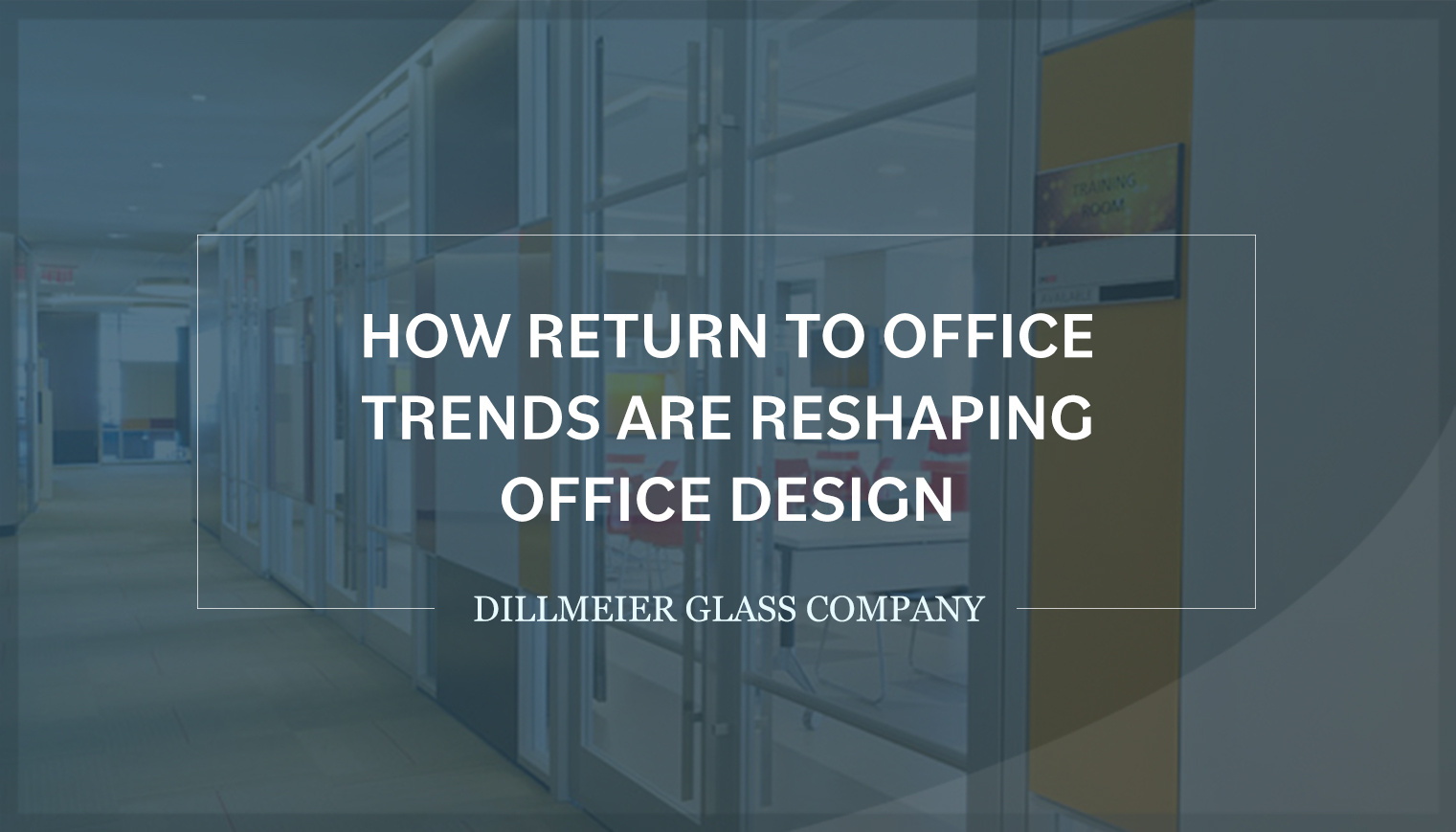
Traditional office work has undergone significant transformations in recent years, leading to a widespread shift toward remote and hybrid setups.
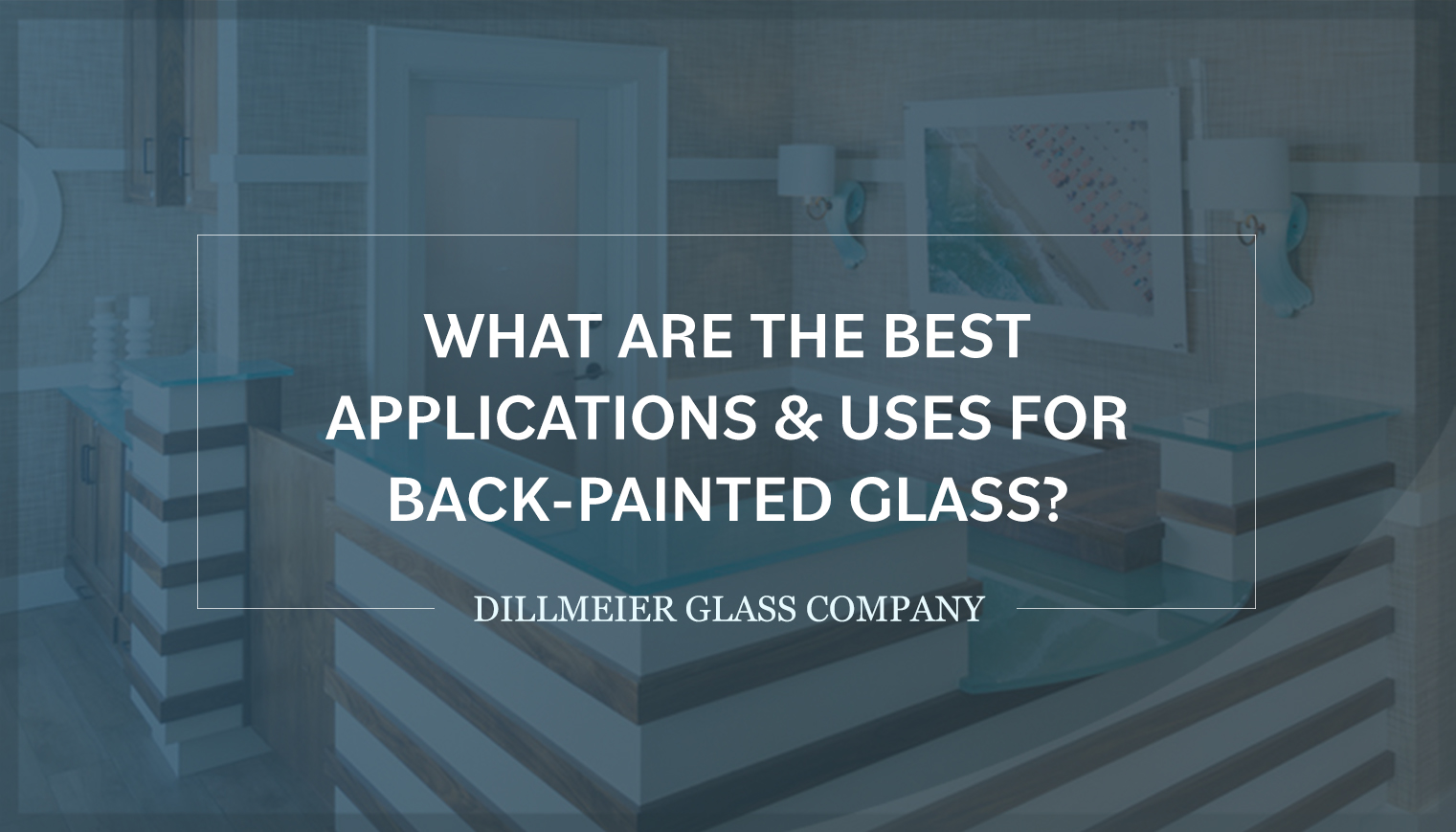
Whether adding subtle hues or all-encompassing color schemes, back-painting can elevate the aesthetics and style of any commercial space.
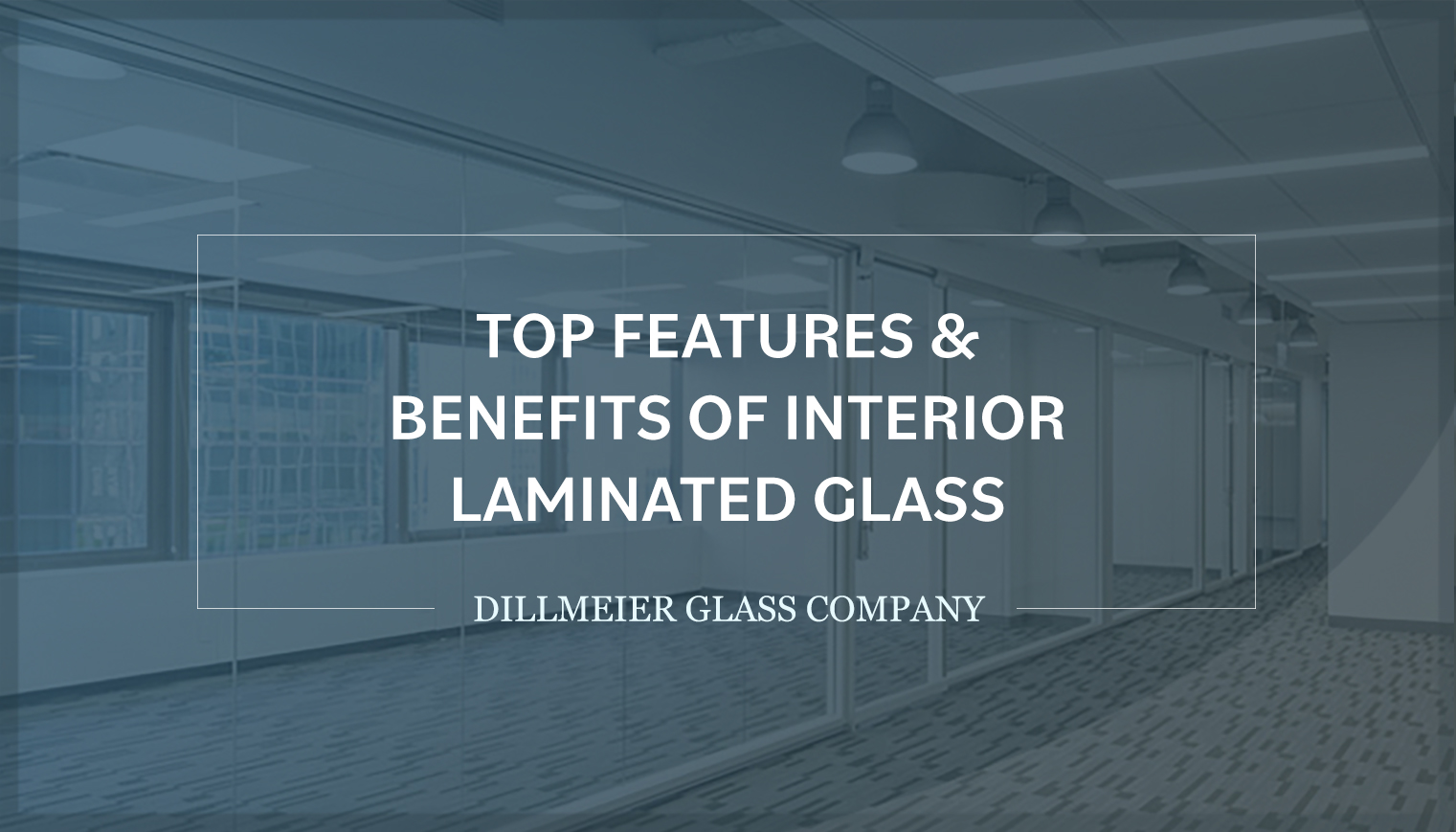
Whether seeking a stylish and decorative aesthetic or enhanced safety and security, laminated glass features many advantages that can elevate any interior space.
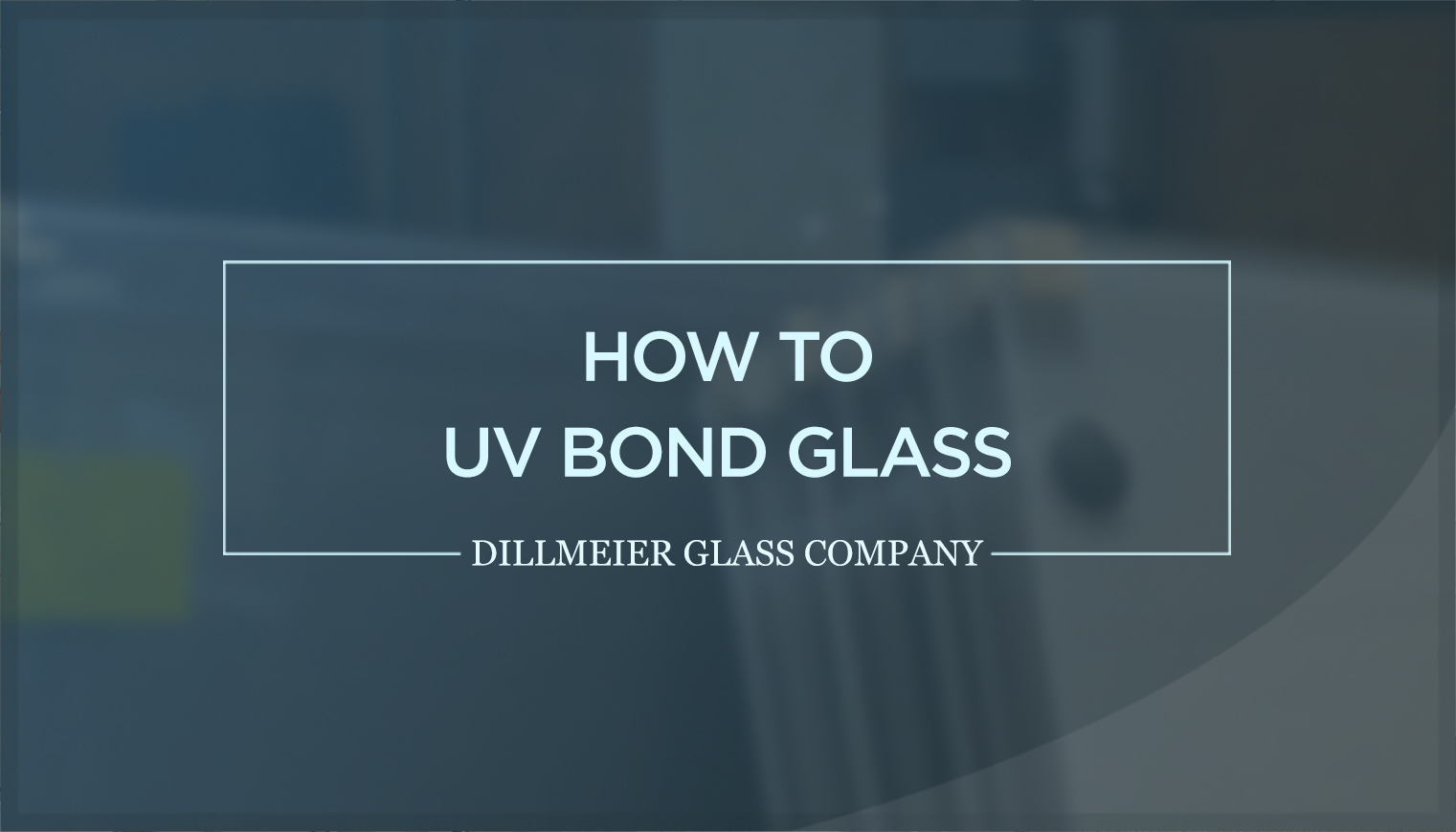
Editor’s Note: This blog post was originally published in March 2020 and has been revised to reflect industry updates.
Ultraviolet (UV) bonding involves the preparation and joining of two glass pieces utilizing a specialized, two-step adhesive process of pre-curing and final curing.
When successful, the UV bonding adhesive should be minimally visible, with smooth and clean lines. This is used frequently for retail applications, such as creating frameless glass display cases. Despite involving several pieces of glass, UV bonding produces an elegant and seamless display.
Before discussing how UV bonding can achieve a desirable appearance, let’s first address its relevant applications, security features, and more.
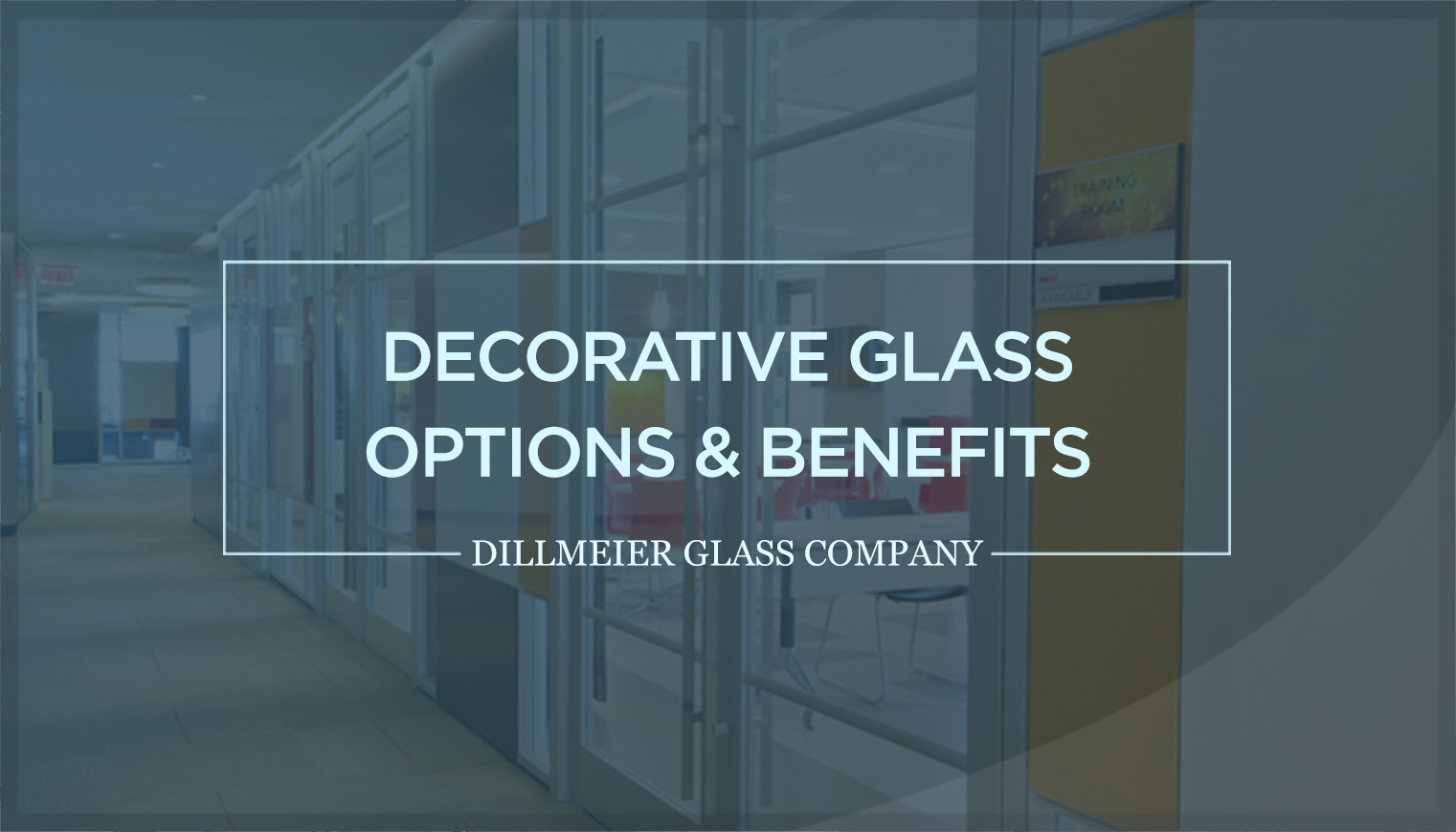
Editor’s Note: This blog post was originally published in June 2020 and has been revised to reflect industry updates.
Decorative glass is often utilized in various industries and applications for its unique color options, textures, customizations, branding, and other design elements. It adds extends natural light within interior spaces, along with required privacy. With many customizable features including laminated glass, sandblasting, silkscreening, and back-painting it’s best to consult an experienced fabricator, such as Dillmeier Glass Company, to ensure your project achieves and exceeds your goals.
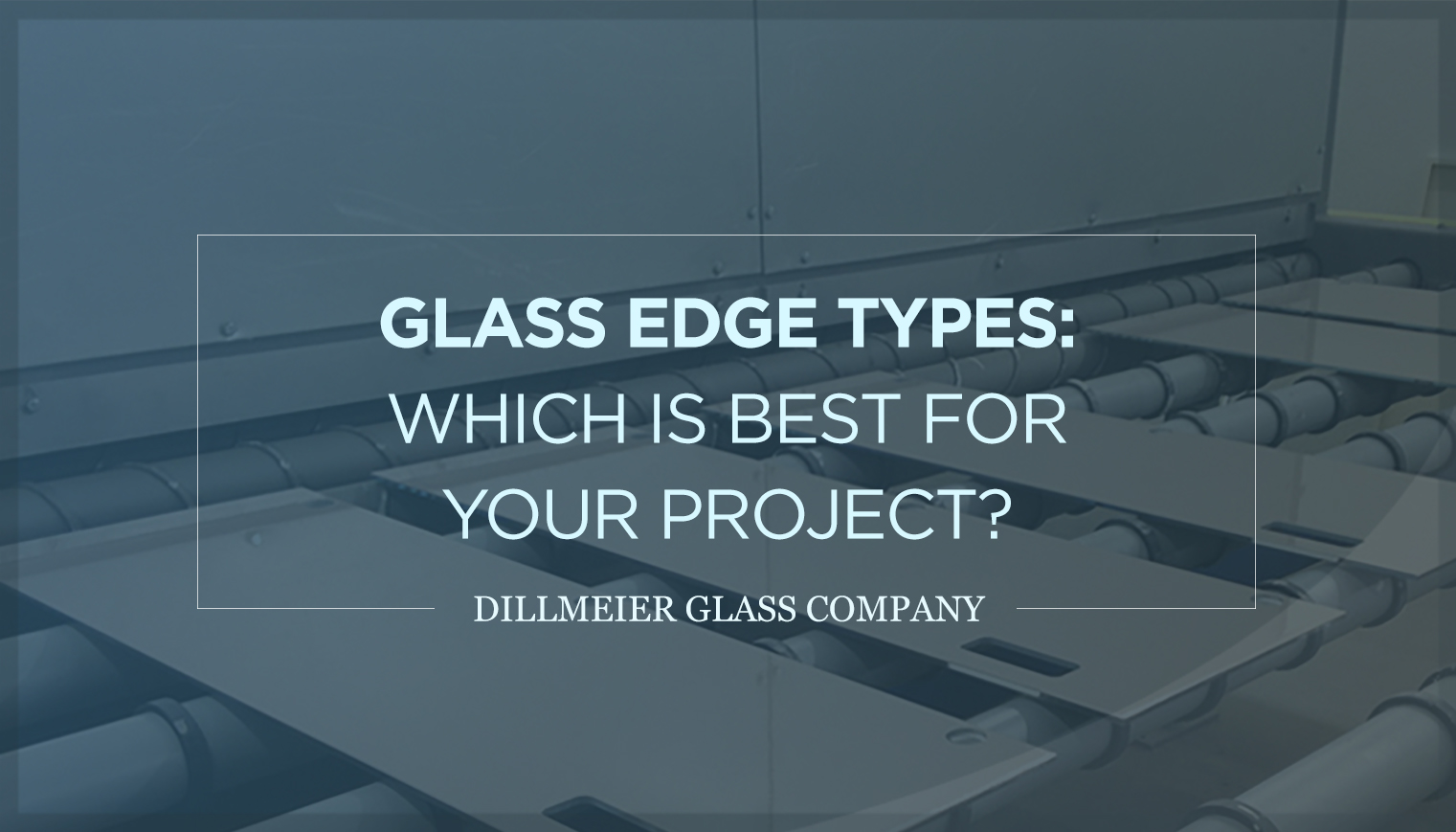
Editor’s Note: This blog post was originally published in February 2020 and has been revised to reflect industry updates.
When it comes to glass fabrication processes, one of the most important is edging. Creating a sophisticated, finished look, it’s often incorporated into conference tables, partitions, dividers and doors, markerboards, and display cases in a vast array of retail, hospitality, and office environments.
Glass edging adds style and character. It’s also easy to clean and maintain. Regardless of industry, custom edgework is additionally utilized to help prevent injuries from chipped or jagged glass corners. Choosing the best type is determined by several factors and considerations, such as the fabrication project, and intended application and usage.
Below we’ll discuss the glass edging process, review several types, and address why some are more appropriate for specific applications than others.
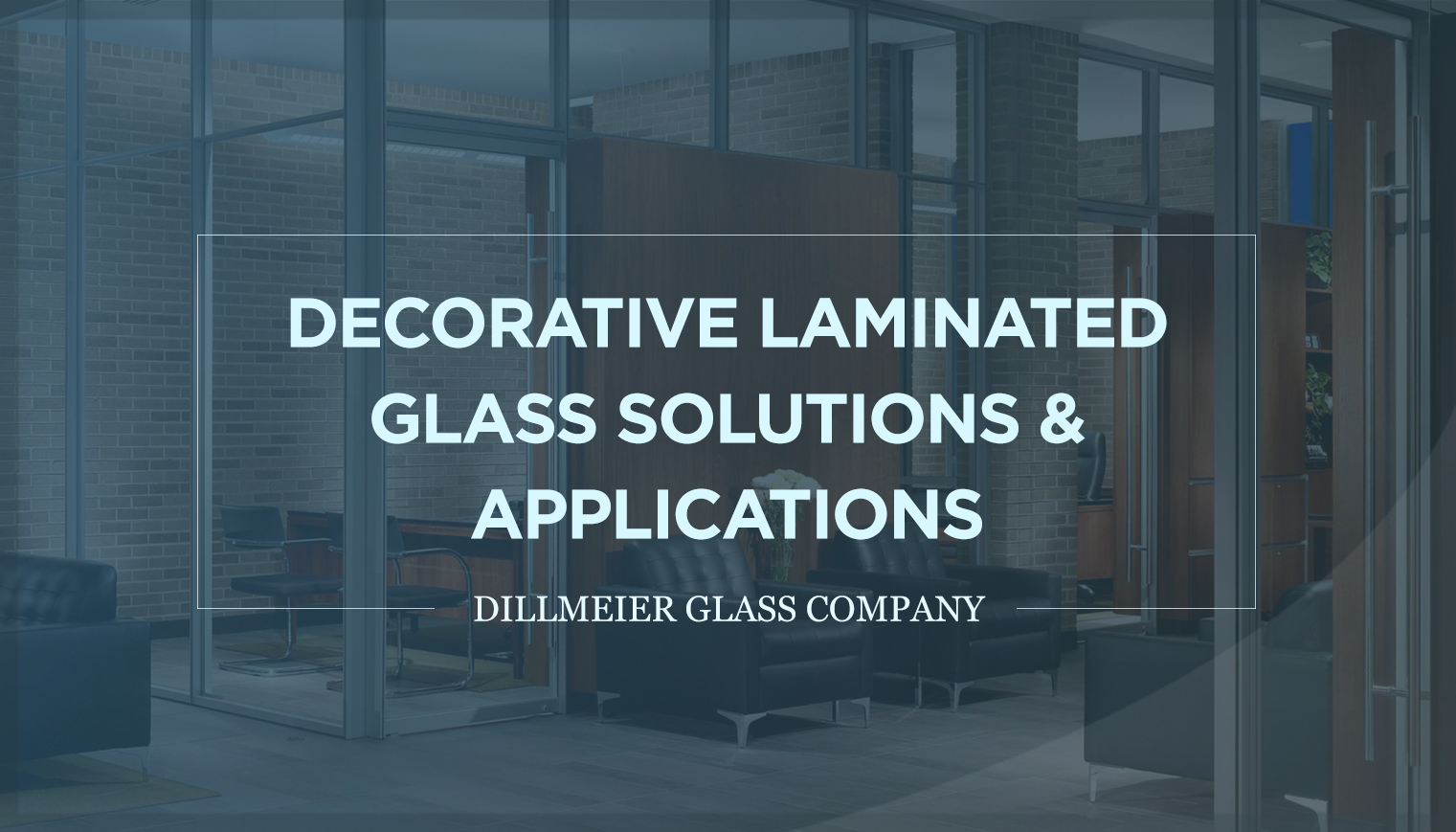
Editor’s Note: This blog post was originally published in July 2020 and has been revised to reflect industry updates.
Laminated glass is a popular element of commercial interior glass projects, and well regarded for its strength, durability, versatility, and optimal functionality across various industries for myriad purposes. These include retail, personal care, corporate offices and conference rooms to fitness centers, restaurants, hotel rooms, and common areas.
Due to its sandwiched interlayers essentially holding together the two outer glass pieces, laminated glass is used for applications requiring extraordinary safety measures. Should breakage occur, it will result in weblike cracks but keep the glass intact.
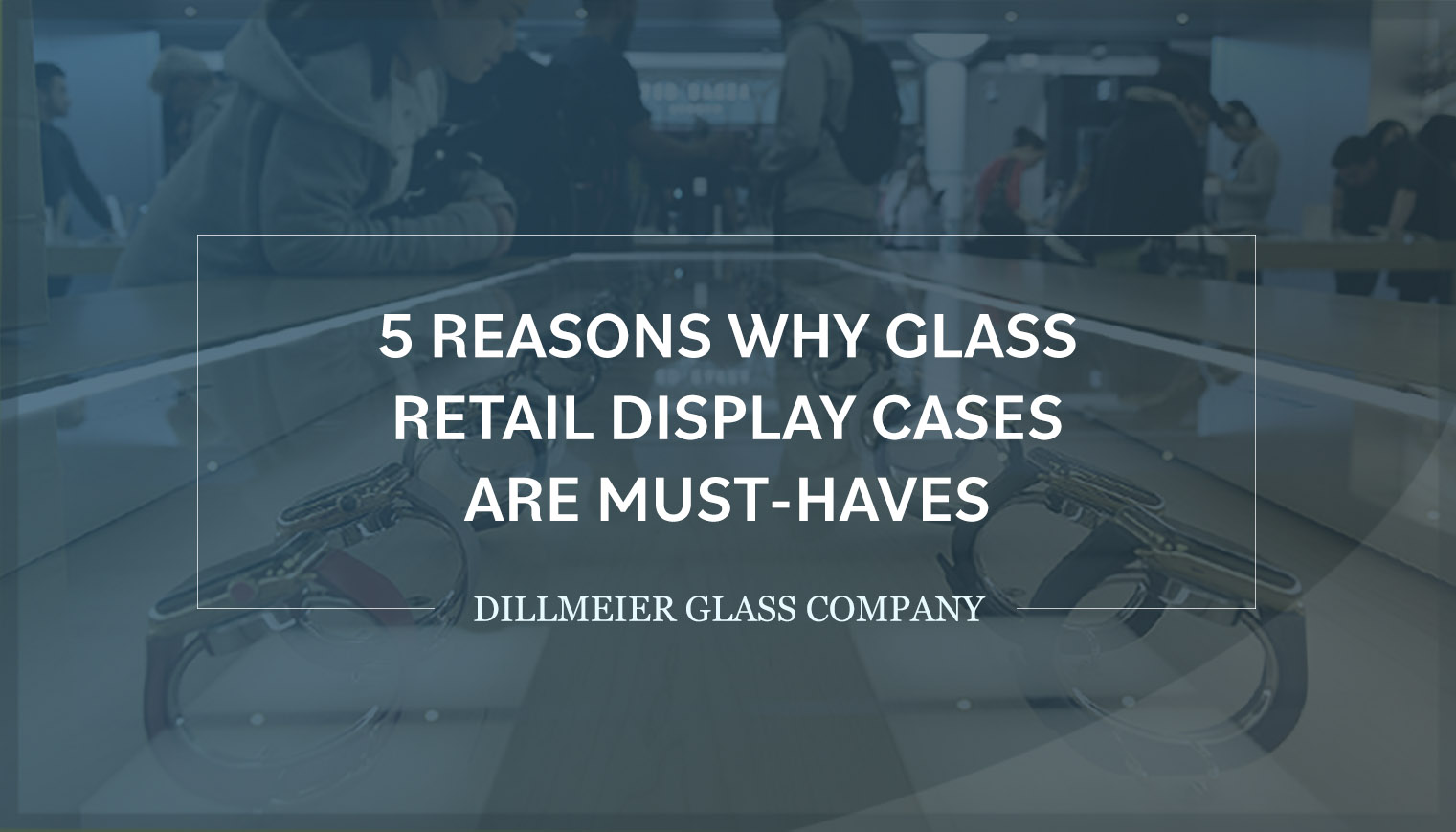
Editor’s Note: This blog post was originally published in November 2017 and has been revised to reflect industry updates.
When it comes to the retail industry, it’s of paramount importance to promote and sell as much high-quality merchandise as possible through effective marketing and social media campaigns, and helpful display strategies. These methods bring more potential customers in the door, while also maintaining loyalty and engagement.
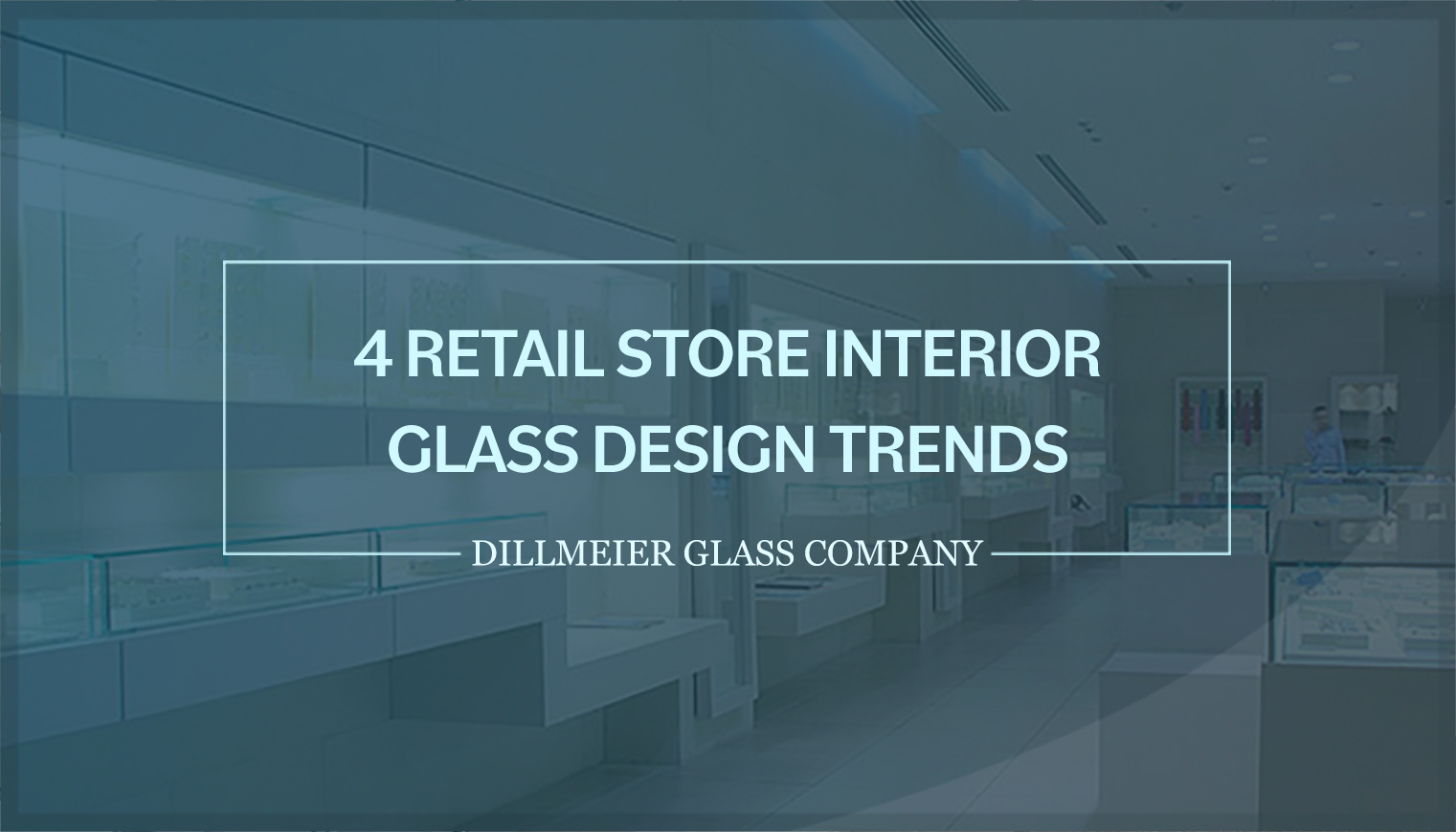
As retail enters a new era following novel coronavirus (COVID-19) pandemic closures and restrictions, the industry is also reinventing itself with new design trends and layouts to promote in-store engagement.
According to the “Store Design & Experience Benchmark Survey” produced by online retail industry publication Retail Touch Points, 71 percent of retailers note design, store planning, and visual components of retail are “somewhat more, or much more important compared to two years ago.”
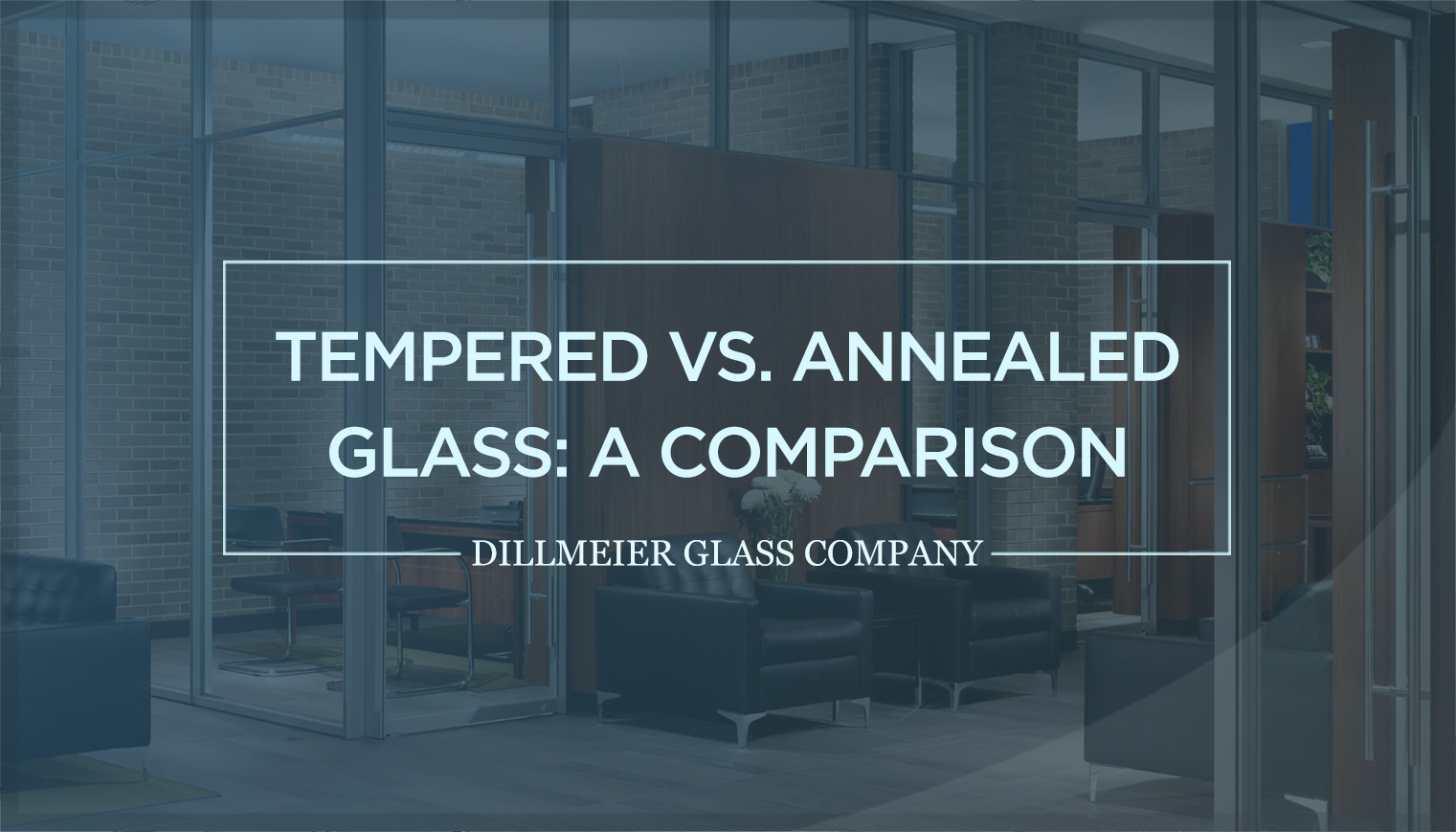
When it comes to a customized project design, tempered glass is a popular choice. It undergoes a specialized heating treatment that enhances durability and overall strength. Annealing, a cooling procedure for clear float glass, facilitates cutting, drilling, and fabrication prior to tempering.
Due to its durable, shatter-resistant properties, tempered glass is utilized for projects with stringent safety requirements. These include office partitions, dividers, and sneeze guards; hotel shower enclosures and doors; retail display cases; sports arenas; and railings.